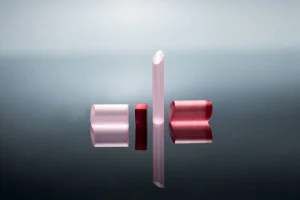Introduction
In the realm of laser technology, the role of crystals is pivotal. They serve as the heart of the laser system, influencing the beam’s characteristics and overall performance. This article delves into the intricate world of crystals and their crucial role in laser beam shaping.
The Science Behind Lasers
Before we delve into the role of crystals, it’s essential to understand the fundamental science behind lasers. Lasers, or Light Amplification by Stimulated Emission of Radiation, are devices that produce and amplify light. They have a unique ability to emit light coherently, allowing the beam to stay narrow over great distances.
The Role of Crystals in Lasers
Crystals play a significant role in the operation of lasers. They act as the “gain medium,” where light amplification occurs. The properties of the crystal, such as its size, shape, and type, can significantly influence the characteristics of the laser beam.
Beam Shaping Techniques
Laser beam shaping is a critical aspect of laser technology, allowing for the customization of the laser beam’s characteristics to optimize its performance for specific applications. The technique involves manipulating the spatial distribution of the laser beam, which includes changing its profile, diameter, or intensity distribution.
One of the most common beam shaping techniques is beam homogenization. As discussed earlier, this technique involves creating a uniform intensity distribution across the laser beam, transforming it from a typically Gaussian or otherwise non-uniform profile to a flat-top or uniform profile. This is particularly useful in applications such as material processing or scientific imaging, where a uniform beam ensures consistent results.
Another crucial beam shaping technique is profile adjustments. This involves changing the shape or size of the laser beam to suit a particular application. For instance, a tightly focused beam may be needed for precision cutting, while a wider, more diffused beam may be more suitable for heating or illumination applications.
These beam shaping techniques can be achieved through various methods, including the use of optical components such as lenses and mirrors. However, crystals, with their unique optical properties, offer a versatile and effective solution for beam shaping. By manipulating the light’s path as it passes through the crystal, the beam’s shape and intensity distribution can be precisely controlled, enabling the creation of laser systems tailored to specific applications.
In conclusion, laser beam shaping techniques such as beam homogenization and profile adjustments are essential tools in optimizing the performance of laser systems. By allowing for precise control over the laser beam’s characteristics, these techniques enable a wide range of applications, from manufacturing to medicine, to function with greater efficiency and precision.
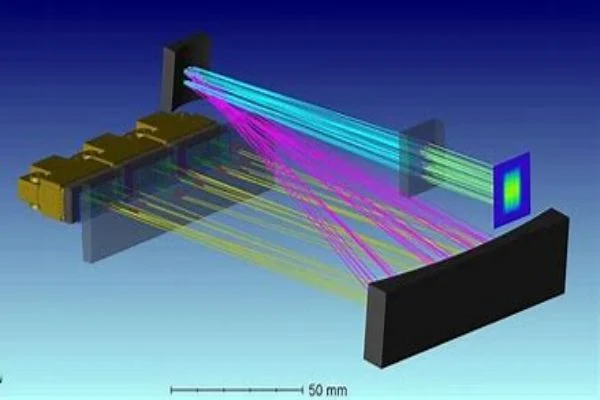
Beam Homogenization
Beam homogenization is a critical process in laser technology, particularly in applications that demand uniformity and precision. The technique works by manipulating the spatial distribution of the laser beam’s intensity, transforming it from a typically Gaussian or otherwise non-uniform profile to a flat-top or uniform profile. This uniform intensity distribution, often referred to as a “top hat” profile, ensures that the laser’s energy is evenly distributed across the beam, resulting in consistent and predictable results.
The need for beam homogenization is particularly evident in material processing applications, such as laser cutting, welding, and drilling. In these applications, a non-uniform beam could result in uneven cuts or welds, leading to suboptimal results and potential material waste. However, with a homogenized beam, the energy is evenly distributed, ensuring consistent cuts or welds, improving the quality of the end product, and reducing waste.
Moreover, beam homogenization is also crucial in applications involving laser illumination or imaging. In these scenarios, a uniform beam ensures even illumination, leading to high-quality images with minimal artifacts or distortions. This is particularly important in scientific and medical imaging, where image quality can directly impact the accuracy of data interpretation or diagnosis.
The process of beam homogenization often involves the use of optical components such as diffractive optical elements, refractive beam shapers, or micro-lens arrays. However, as discussed earlier, crystals with their unique optical properties also offer an effective solution for beam homogenization.
In conclusion, beam homogenization is a vital technique in laser technology, enabling a wide range of applications to function with greater precision, consistency, and efficiency. By creating a uniform intensity distribution across the laser beam, beam homogenization ensures optimal performance in various applications, from material processing to scientific imaging.
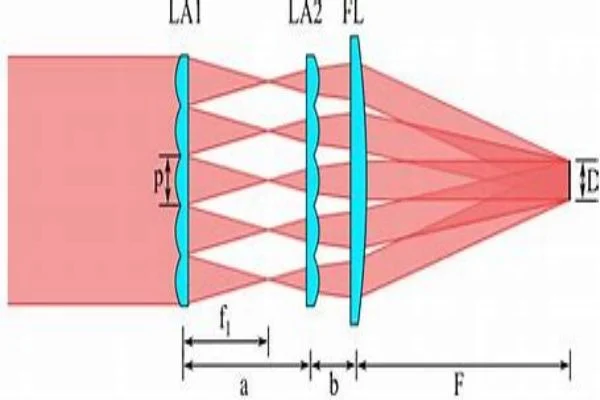
Profile Adjustments
Profile adjustments in laser technology refer to the manipulation of the laser beam’s spatial distribution. This involves changing the shape, size, or intensity distribution of the beam to suit specific applications. The ability to adjust a laser beam’s profile is crucial in optimizing its performance for a particular task, whether it’s precision cutting, medical procedures, or scientific research.
Various methods can be employed to achieve profile adjustments. Lenses, for instance, can be used to focus or defocus the laser beam, changing its diameter. By adjusting the lens’s curvature or position, the beam can be made narrower or wider, allowing for precise control over the beam’s size.
Mirrors, on the other hand, can be used to change the direction of the laser beam. By adjusting the angle of the mirror, the beam can be steered in different directions. This is particularly useful in applications that require the beam to be directed at specific points or along certain paths.
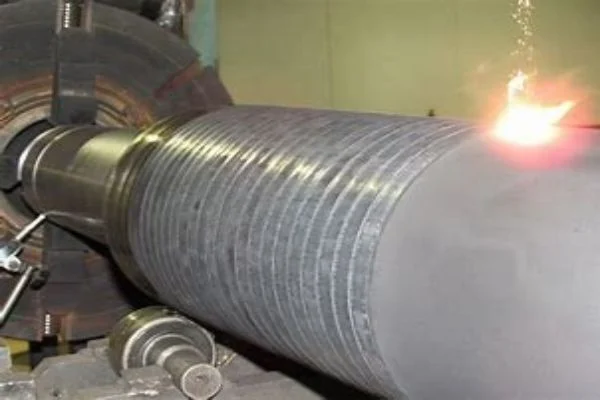
However, one of the most versatile tools for profile adjustments is crystals. As discussed earlier, crystals, with their unique optical properties, can manipulate the laser beam’s path, changing its shape and intensity distribution. By altering the crystal’s orientation or position, the laser beam’s shape can be manipulated, allowing for precise control over the beam’s characteristics.
For instance, birefringent crystals, which have different refractive indices along different axes, can be used to split a laser beam into two separate beams. This is useful in applications that require multiple beams with the same characteristics.
In addition, certain crystals can also change the polarization state of the laser beam, which can significantly affect the beam’s interaction with materials. This is particularly useful in applications such as optical data storage or microscopy, where the polarization state of the beam can provide additional information about the sample.
In conclusion, profile adjustments are a crucial aspect of laser technology, enabling the optimization of the laser beam for a wide range of applications. Through the use of lenses, mirrors, and crystals, the shape, size, and intensity distribution of the laser beam can be precisely controlled, enhancing the capabilities and efficiency of laser systems.
Crystals in Beam Shaping
Crystals, with their unique optical properties, are not just ordinary stones but are powerful tools in the field of laser technology. Their role in beam shaping is indispensable. The ability of crystals to manipulate the laser beam’s path, changing its shape and intensity distribution, is a result of their unique lattice structures and refractive indices. These properties allow crystals to interact with light in a way that can be precisely controlled, making them ideal for use in laser systems.
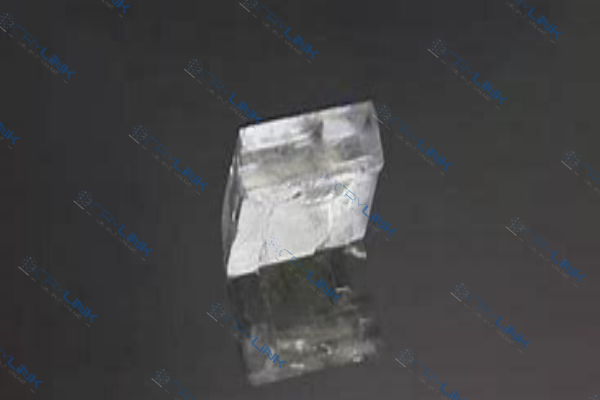
Crystals for Beam Homogenization
The process of beam homogenization through crystals is a fascinating interplay of light and matter. The unique lattice structure of the crystal interacts with the incoming laser beam, causing the light to scatter in various directions. This scattering effect is not random but follows the laws of physics, specifically the principles of diffraction and interference. As the light waves scatter off the crystal’s lattice points, they interfere with each other, creating a complex pattern of light and dark regions. This pattern, when averaged over the entire beam, results in a more uniform intensity distribution.
The ability of crystals to homogenize a laser beam is not just a theoretical curiosity but has practical implications in various industries. For instance, in laser cutting or welding, a homogenized beam can result in cleaner, more precise cuts. This is because a uniform intensity distribution ensures that the laser’s energy is evenly distributed across the material, reducing the risk of overburn or undercuts. This can significantly improve the quality of the cut, leading to better products and less waste.
Moreover, the precision and uniformity provided by crystal-induced beam homogenization can also enhance the efficiency of these processes. By ensuring a consistent laser beam, operators can predict and control the results more accurately, reducing the need for rework or adjustments. This can save time and resources, making the manufacturing process more efficient.
In conclusion, the role of crystals in beam homogenization is a testament to the power of physics in shaping our world. By harnessing the unique properties of crystals, we can manipulate light in ways that enhance the capabilities of laser technology, leading to improvements in various industries and applications.
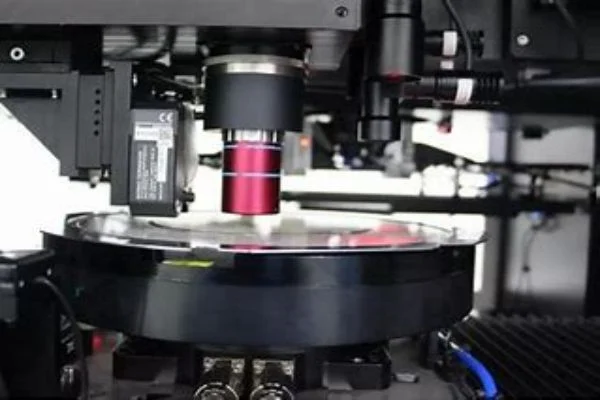
Crystals for Profile Adjustments
The versatility of crystals in profile adjustments is a testament to their unique optical properties. The refractive index of a crystal, a measure of how much it can bend light, is not a fixed value. It can change depending on the direction of the light, a property known as birefringence. By exploiting this property, we can manipulate the shape of a laser beam to a high degree of precision.
For instance, by rotating a birefringent crystal, we can change the direction of the refracted light, effectively altering the shape of the laser beam. This can be used to create a tightly focused beam, ideal for applications that require high precision, such as cutting through hard materials or performing delicate surgical procedures.
On the other hand, by changing the position of the crystal, we can adjust the path of the light in a different way. This can result in a wider, more diffused beam, which is useful in applications that require a larger area to be covered, such as heating or illumination.
Furthermore, by using multiple crystals in a sequence, we can perform more complex profile adjustments. For example, we can first use one crystal to focus the beam and then another to diffuse it, creating a beam with a unique profile that can be tailored to specific applications.
In addition to their role in profile adjustments, crystals also play a crucial role in other aspects of laser beam shaping. For instance, they can be used to control the polarization of the beam, which can significantly affect the beam’s interaction with materials.
In conclusion, the use of crystals in laser beam shaping offers a versatile and precise solution for profile adjustments. By harnessing the unique optical properties of crystals, we can create laser systems that are tailored to a wide range of applications, enhancing the capabilities and efficiency of laser technology.
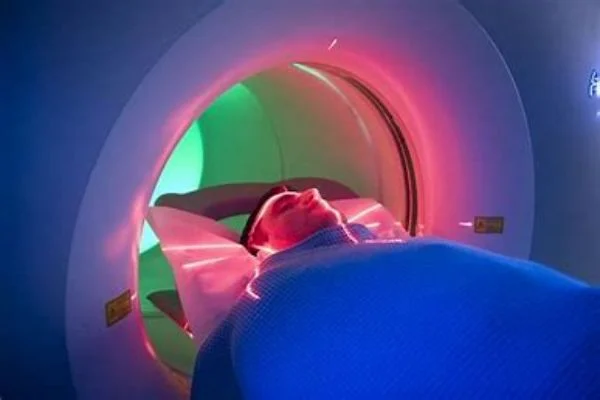
Conclusion
Crystals play a pivotal role in laser technology, particularly in beam shaping techniques. Their unique properties allow for precise control over the laser beam’s characteristics, enabling the creation of laser systems tailored to specific applications. As laser technology continues to evolve, the role of crystals in beam shaping will undoubtedly remain crucial.
Frequently Asked Questions
- What is the role of crystals in lasers?
Crystals act as the “gain medium” in lasers, where light amplification occurs. Their properties can significantly influence the characteristics of the laser beam. - What is beam shaping?
Beam shaping is a technique used to modify the spatial distribution of a laser beam. It involves changing the beam’s profile or diameter to suit a particular application. - What is beam homogenization?
Beam homogenization is a technique used to create a uniform intensity distribution across the laser beam. This is often required in applications such as material processing. - How do crystals contribute to beam shaping?
Crystals, with their unique optical properties, can manipulate the laser beam’s path, changing its shape and intensity distribution. - What are some common types of laser crystals?
Some common types of laser crystals include ruby crystals, neodymium-doped crystals, and titanium-doped sapphire crystals.



